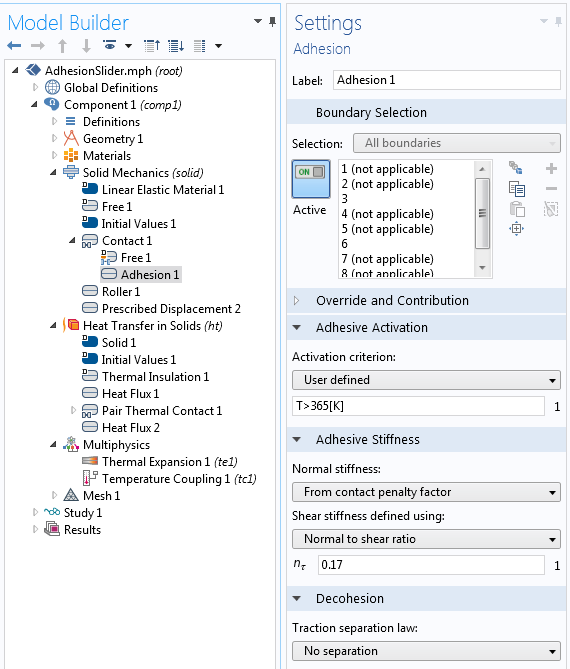

Use of the alternative geometric multigrid (GMG) solver usually requires several mesh levels to be considered, which can create issues when trying to mesh and solve models with varying geometric details of different sizes.

The smoothed aggregation algebraic multigrid (SA-AMG) method has been extended to work with the specialized smoothers for CFD in COMSOL Multiphysics ®: SCGS, Vanka, and SOR Line. Additionally, you can use the existing solution as an initial condition for increased robustness and faster conversion in the solution of your second turbulence model problem. This means that you do not have to redefine the domain settings and boundary conditions for a second turbulence model. Once you have a working model that gives reasonable results, a possible next step would be a more sophisticated - and maybe more computationally expensive - turbulence model for higher accuracy.įor this purpose, we have introduced a new functionality that "translates" the meaning of the turbulence variables from one turbulence model to another one. The lower the value of the viscous dimensionless units, the higher the wall's mesh resolution and applicability for using a low Reynolds turbulence model formulation.Īpplication Library path for an example that uses automatic wall treatment: CFD_Module/Single-Phase_Benchmarks/pipe_elbow Automatic Translation Between Turbulence ModelsĪ successful strategy for modeling turbulent flows is to start with a relatively simple turbulence model to gain an understanding of the system and for troubleshooting the model setup. The wall's mesh resolution in viscous dimensionless units (color legend Aurora Borealis, in this figure) determines the functionality for automatically treating walls - either a low Reynolds turbulence model formulation or a wall function. The functionality for automatically treating walls for turbulent flow provides the accuracy allowed by your mesh resolution, while also inheriting the robustness that is provided by wall functions.

Switching between the two can occur in the same model. Yet, when the mesh is too coarse, wall functions together with the selected turbulence model are automatically used instead. If the mesh resolution close to the wall is adequate, then a low Reynolds formulation is used. This functionality is available and is selected by default for the following turbulence models: Algebraic yPlus, L-VEL, k-ω, SST, Low Reynolds number k-ε, Spalart Allmaras, and v2-f. New functionality for wall-bounded turbulent flows allows for the automatic switching between a low Reynolds number turbulence model formulation and wall functions when solving your model. Streamlines and pressure field (left) and vortex core (right) in a model of the flow in a cyclone separator.Īpplication Gallery link: Flow in a Hydrocyclone Automatic Wall Treatment for Turbulent Flow


 0 kommentar(er)
0 kommentar(er)
